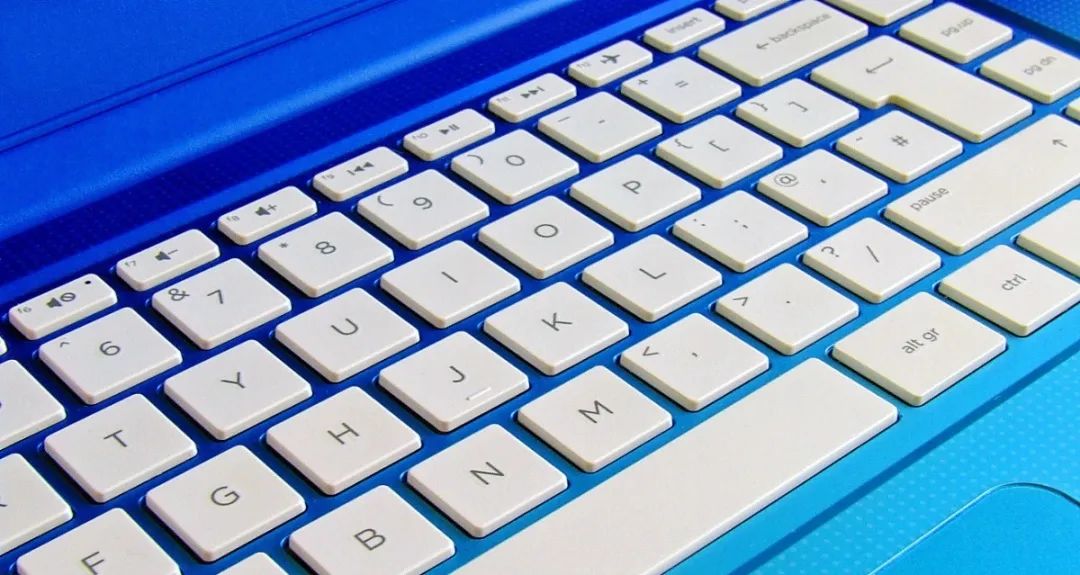The Internet of Things (IoT) refers to the concept of various physical devices, vehicles, home appliances, and other objects communicating and exchanging data over the Internet. These objects, equipped with embedded sensors, software, and other technologies, can collect, transmit, and share data, enabling them to interact with each other in real-time without human intervention.

IoT devices are typically equipped with various types of sensors, such as temperature sensors, humidity sensors, motion sensors, etc., to detect environmental conditions or object states. These sensors convert the collected data into digital signals and transmit them over the network using embedded technology.
The core of the IoT is the connectivity between devices. These devices can communicate with the Internet, cloud servers, or other devices through wireless networks (such as Wi-Fi, Bluetooth, Zigbee) or wired connections (such as Ethernet, power line communication).
IoT can make home devices and systems intelligent, such as smart lighting, smart temperature control, smart security systems, and smart appliances. These devices can be remotely controlled and monitored via mobile applications or voice assistants, enhancing convenience and comfort in daily life.
IoT plays a crucial role in urban management. Cities can monitor traffic flow, air quality, waste management, etc., through sensors and data analysis, optimizing urban operations, improving resource utilization efficiency, and reducing environmental pollution.
IoT can achieve intelligence and automation in industrial production. Sensors in factories can monitor equipment status, production processes, and material inventory, allowing for real-time optimization and predictive maintenance, thereby improving production efficiency and quality.
IoT devices can collect and transmit data in real-time, allowing users and systems to stay updated on device status, environmental conditions, and more. This data can be used for real-time analysis, aiding timely decision-making and predicting future trends, thus enhancing efficiency and productivity.
IoT enables devices to automate tasks without human intervention. Additionally, users can remotely monitor and control devices via mobile applications or web interfaces, increasing operational convenience and flexibility. IoT can also optimize resource utilization, reduce waste, and improve production efficiency. Through real-time monitoring and data analysis, problems can be identified and solved promptly, avoiding production interruptions and resource wastage.

Image source: New Media Center of Guangxi Normal University Physics Institute
Editor: Wang Xiaoqing, Jiang ShuyanManuscript Review: Liu LianjunProduced by New Media Center of the School of Physics Science and Technology, Guangxi Normal UniversityWeChat ID: gxsdwlxySubmission Email: [email protected]
